The front-end of any web or mobile solution is critical to designing an excellent user experience and retaining or converting users. But, choosing the right tools to deliver a visually and functionally stellar front-end remains a challenge, considering the abundance of options in the market. Take a look at my compilation of the top front-end development frameworks, libraries, and tools in 2021 to help you make an intelligent choice.
The Significance of User Experience
UX is critical to a brand’s digital presence. It directly impacts incoming traffic, bounce rates, and conversion rates. Visual appeal, aesthetics, and simplified usability are the most prominent website quality differentiators in today’s market. Look and feel, seamless navigation, page loading time, etc., no matter just as much, perhaps more, than the functional prowess of your website or mobile app.
- 88% of users with a bad website experience will abandon the brand
- Nearly 50% of users leave a website that takes over three seconds to load
- 58% of mobile users appreciate personalized content from companies
- 50% of people refuse to buy from a brand with poor mobile design
This incline towards UX has generated the need in developers to use only those top front-end development tools that can get the job done in a quick, clean, and efficient manner.
12 Top Front-end Development Tools That Developers Must Consider
Front-end development is intended to make a website or mobile application user-friendly, good-looking, and easily navigable. With the ever-improving global tech infrastructure, the possibilities (and complexities) in UI/UX design have grown a hundred-fold.
That’s why, even with this list’s help, you may find it tough to make a choice.
Here’s a tip – Compare what your chosen tool can do with the usability factors you need. Proceed with the option that qualifies above all else.
1. React
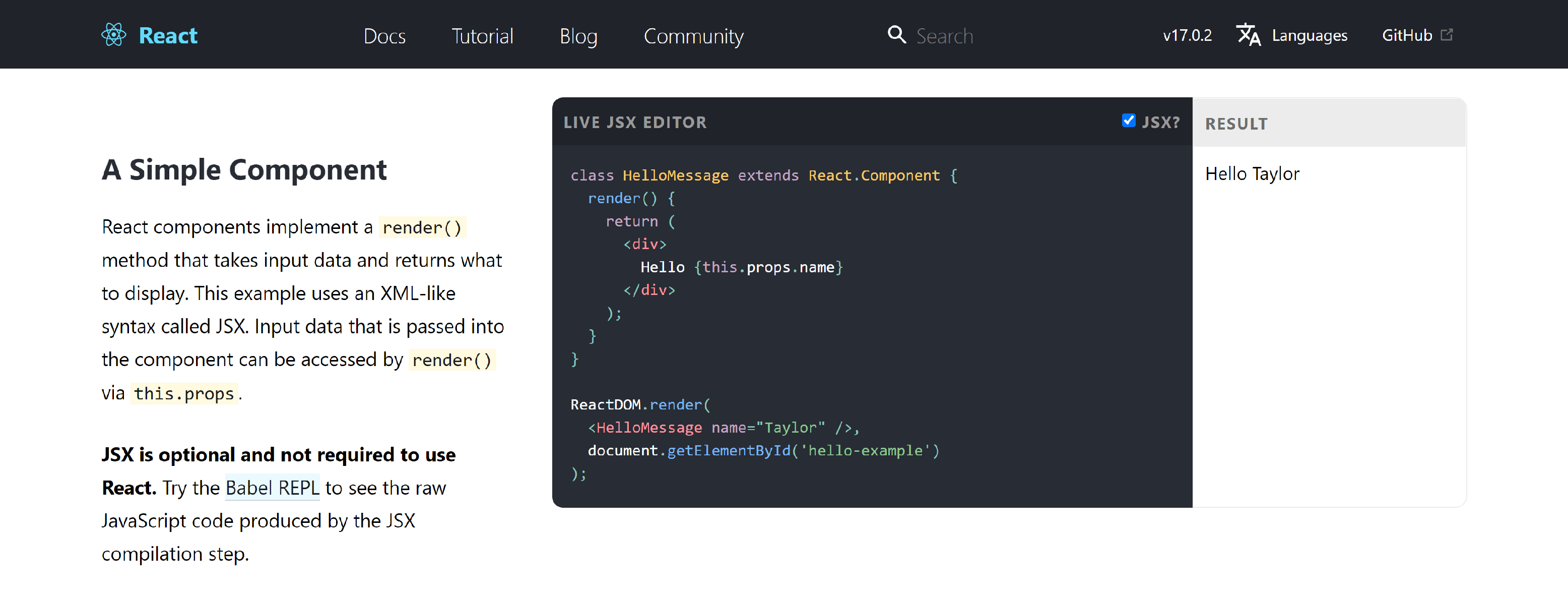
The React library is flexible. It supports easy migration between versions, excellent SEO optimization, quick HTML-JS rendering, reusable components, and fast document manipulation via a virtual DOM. React is also popular among developers since it offers simplified coding and maintenance support.
You may use React to create mobile apps or SPAs (Single Page applications), but you will need to disintegrate third-party libraries for routing, state management, API interaction, etc.
2. jQuery

jQuery is a small, CSS-3 compliant, quick, and cross-platform compatible JS library. It was highly favored until a few years ago for its front-end simplification approach, and it is still considered one of the best front-end development libraries in 2021.
jQuery facilitates quick and easy animations, navigation, HTML report, and Ajax. With a flexible DOM, it supports dynamic content, concise code, and is perfect for desktop-based javascript app development.
3. Ember

EmberJS is one of the fastest frameworks for building complex, modern front-ends with rich UI and sophisticated technical configuration. It offers two-way data binding, quick server-side rendering, native testing tools, advanced use of components and templates, consistent documentation, and a small but motivated community.
Despite a steep learning curve and strict workflows, EmberJS is ideal for feature-rich SPAs and apps.
4. Backbone
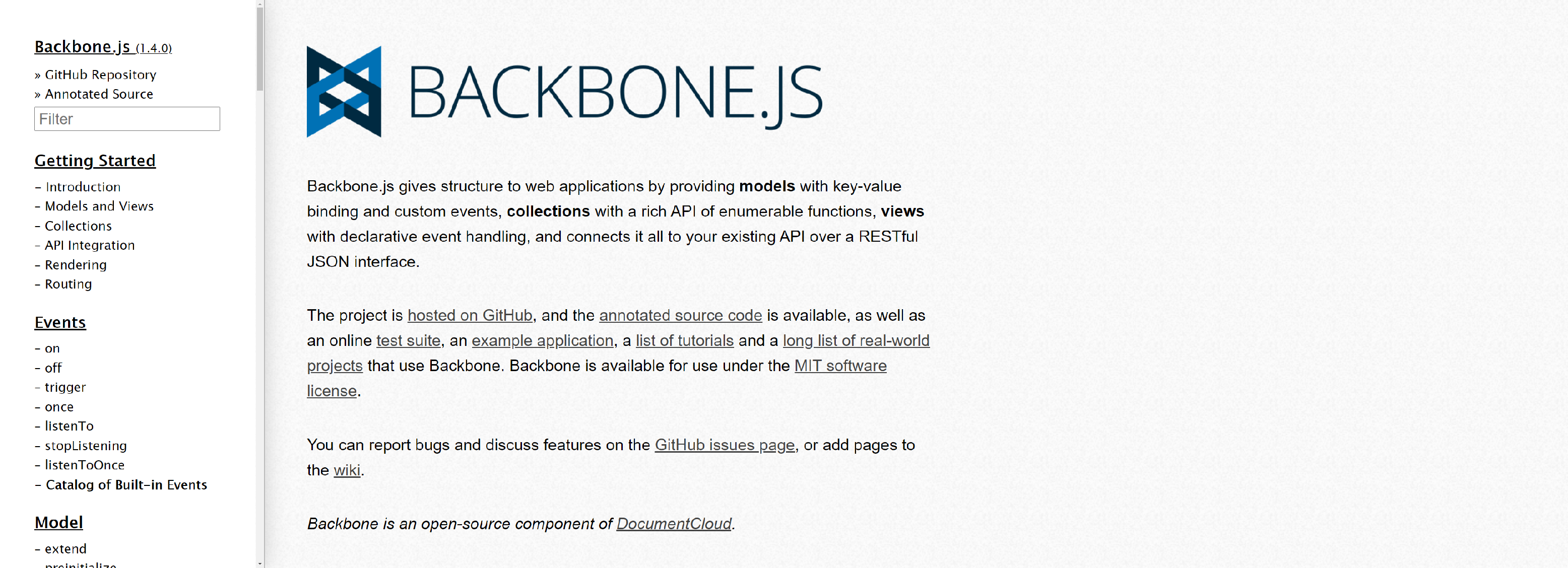
Backbone is fast to develop, easy to learn, and perfect for creating small and straightforward SPAs. This lightweight framework follows an MVC/MVP architecture, offers more than a hundred extensions, and keeps the code organized and systematic.
Backbone can help avoid complicated code while sustaining a better design by separating business and UI logic even in large projects.
5. Angular

By simply extending the capabilities of any application’s HTML syntax, AngularJS multiplies its productivity, scalability, and flexibility. Developed by Google, Angular can be used for web or mobile development (+native). As one of the top front-end development frameworks, it ensures two-way data binding, allows developers to code specific DOM behavior, and offers reusable code components that are easy to test and control.
With Angular, however, you must optimize for the limited SEO capabilities and spaghetti code.
6. VueJS
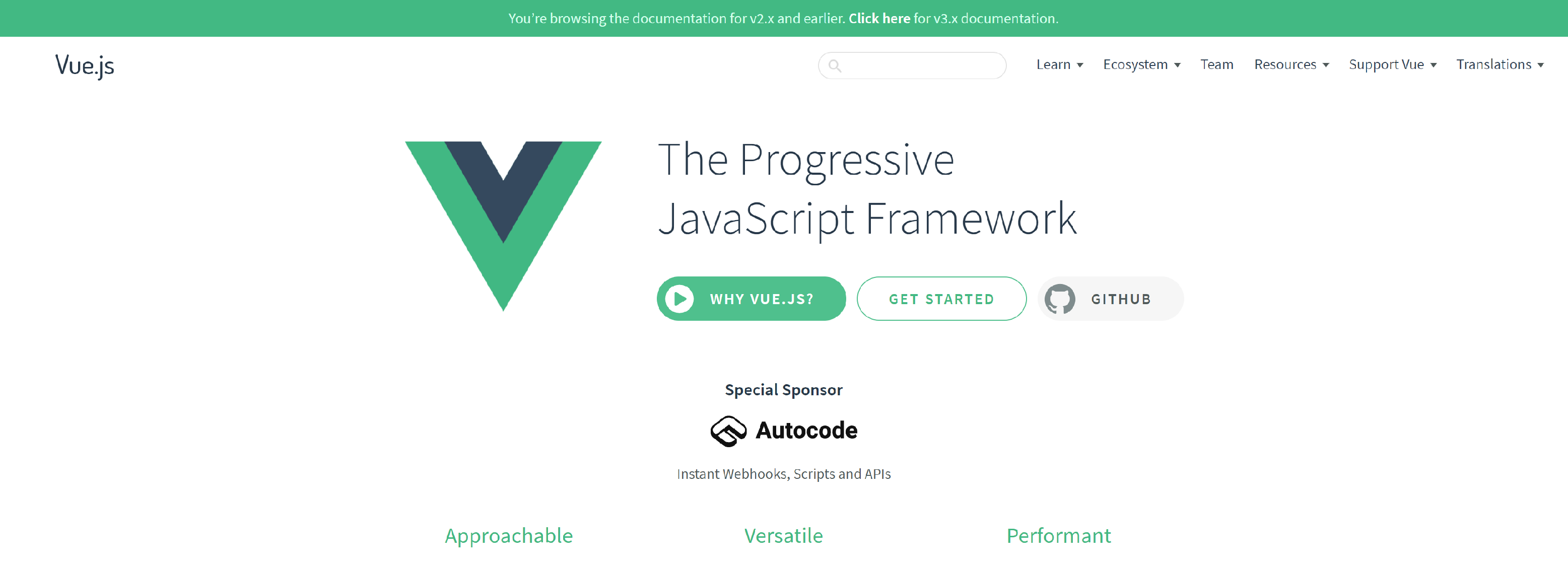
VueJS features two-way binding, component-based architecture, virtual DOM, and an extensive toolset. Unlike Angular that may require enterprises to hire HTML5 programmers, Vue is simple to understand and very beginner-friendly.
Even though Vue is relatively new and not ideal for bigger, complex projects, its elaborate documentation, fast performance, and supportive community make it an excellent choice otherwise.
7. Anime
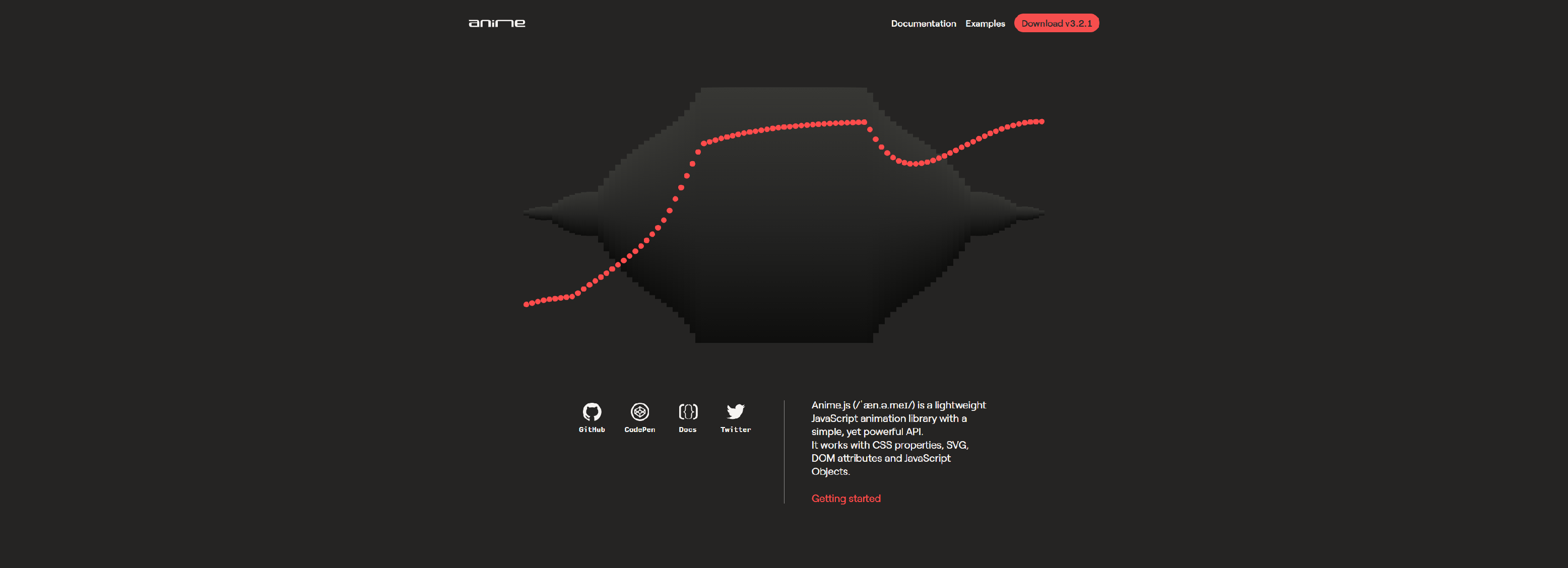
Anime.js is a powerful, lightweight, flexible, and versatile JavaScript library that can be employed with SVG, CSS, JS objects, DOM attributes, individual transforms, etc. It has an easily understandable source code, cross-browser compatibility (Chrome, Firefox, Safari, Opera, etc.), and readily employable animations for complex actions like overlapping, trigger, reverse, etc.
8. Ionic

Ionic can easily qualify as one of the best front-end development libraries in 2021. It works incredibly for front-end and hybrid, cross-platform mobile app development and can be used with multiple UI frameworks, including Angular, React, and VueJS.
Ionic simplifies creating engaging interaction via an extensive list of features.
- Access to host features (camera, flashlight, GPS, etc.)
- Push notifications
- Native binaries
- Typography
- Themes
- Custom mobile components
- App icons
- Splash screens
9. Chrome Development Tools
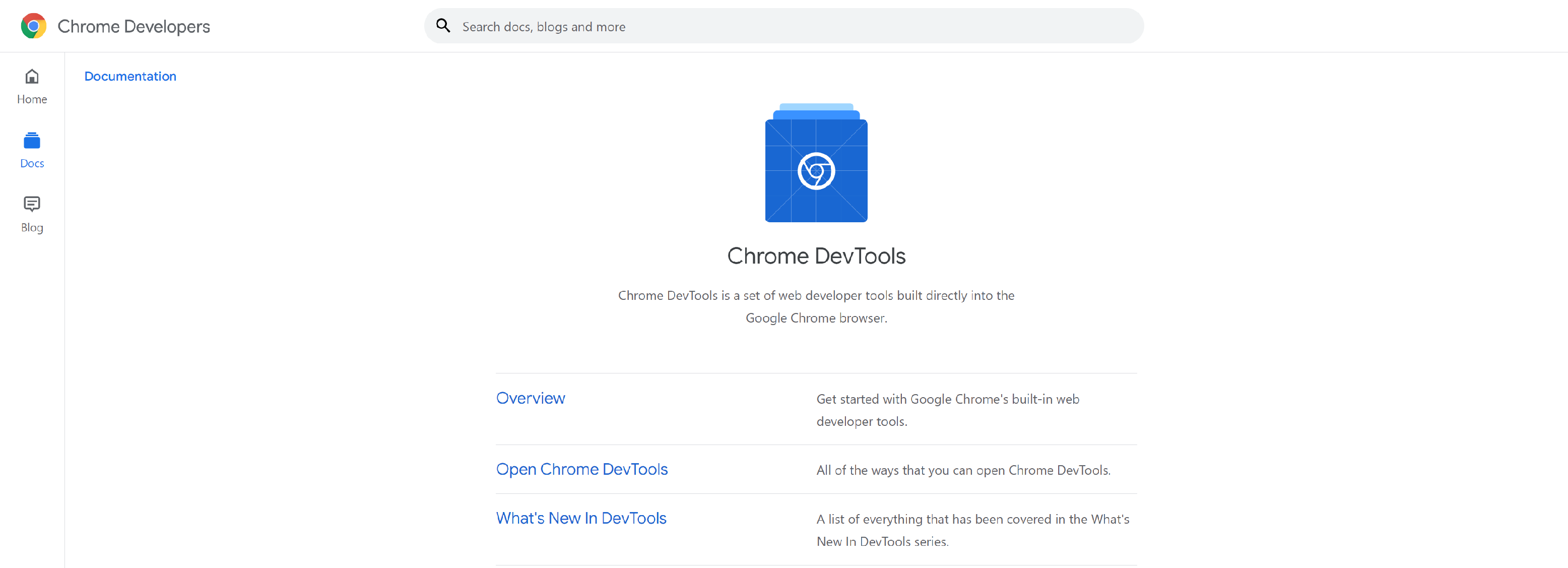
The Google Chrome DevTools is excellent for variety testing across multiple development phases. This organized, Chrome-supported set of tools allows easy in-browser testing, real-time HTML and CSS editing, and JS debugging. It also offers a collection of network tools and a timeline for better browser behavior understanding.
With Chrome DevTools, you can optimize website performance, speed, and synchronous layouts.
10. GitHub
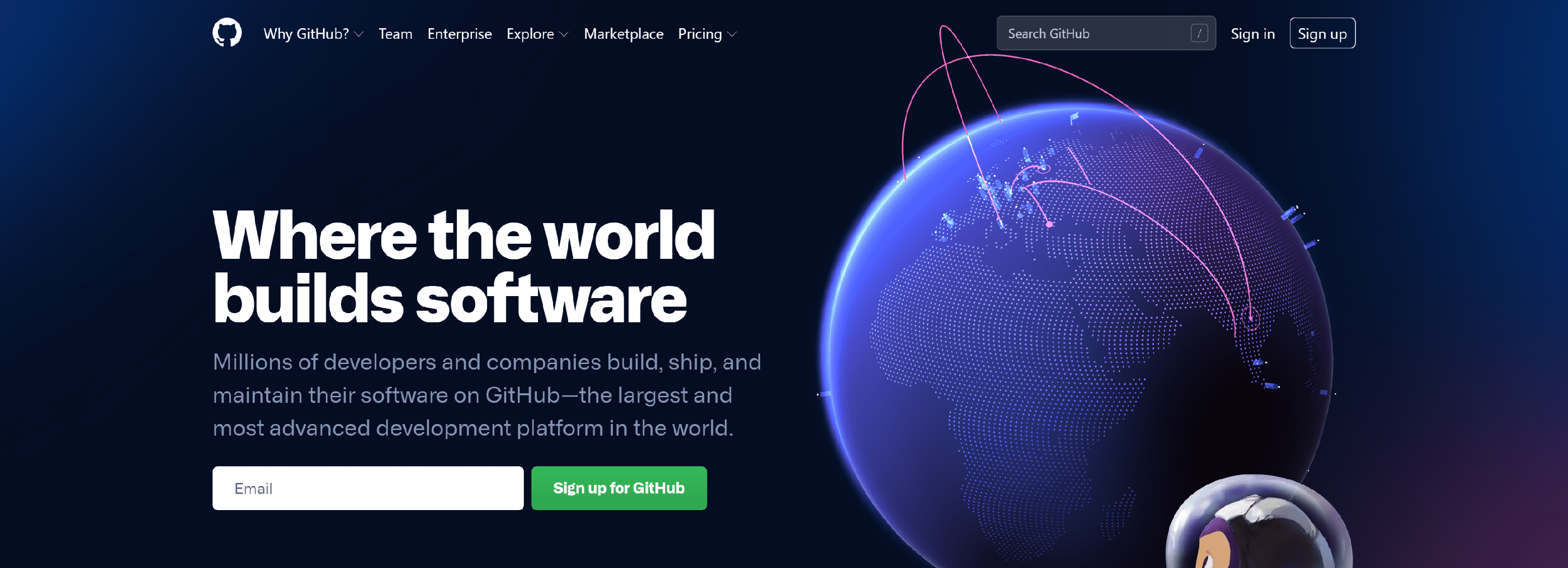
Whether you develop yourself, hire Indian software developers, or have an in-house team for the job- You’ll find GitHub a common resource among them all.
As one of the superior and widely used version control tools, GitHub is easy to set up. It has a rich community and supports project wikis, bug tracking, feature requests, and seamless task management. GitHub is also highly encouraged for better learning and involvement amidst teams.
11. SASS
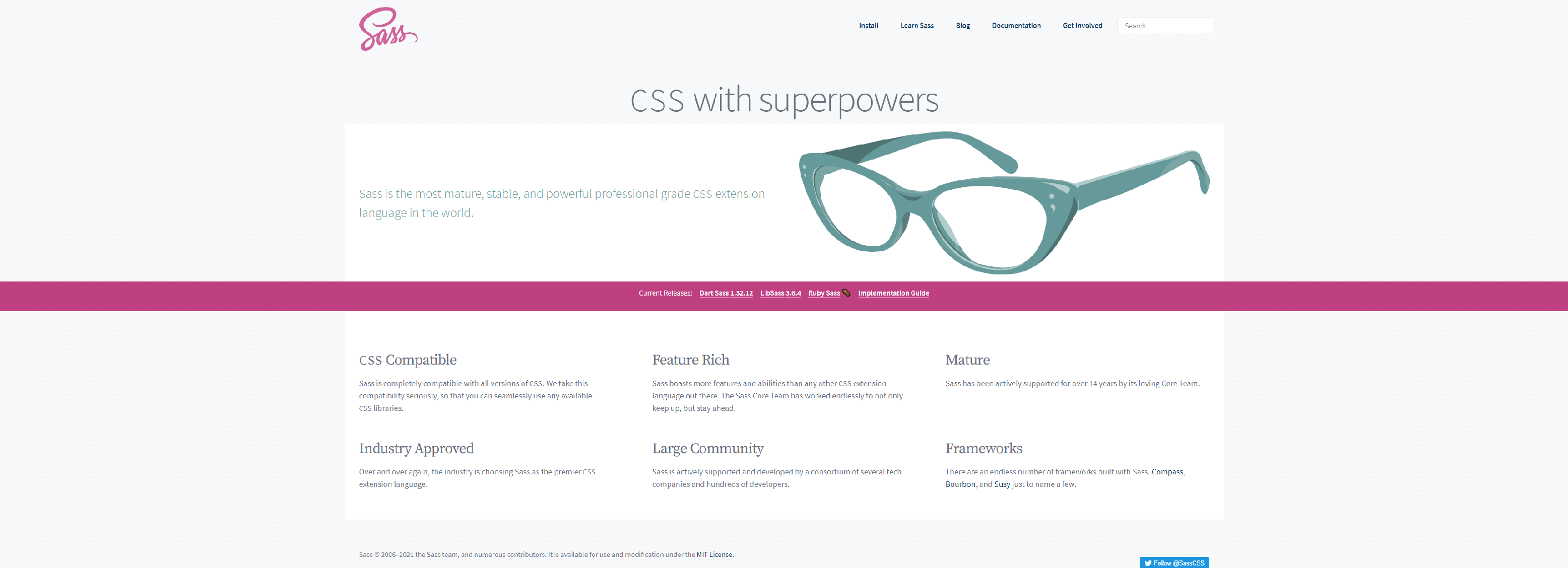
SASS is a popular CSS preprocessor scripting language highly noted for facilitating maintainable code writing while minimizing CSS. SASS keeps your stylesheets readable, helps in avoiding ambiguity in code, and acknowledges language expansions. SASS also has a massive community of active contributors and an abundance of information that makes understanding and learning more accessible.
12. CodePen
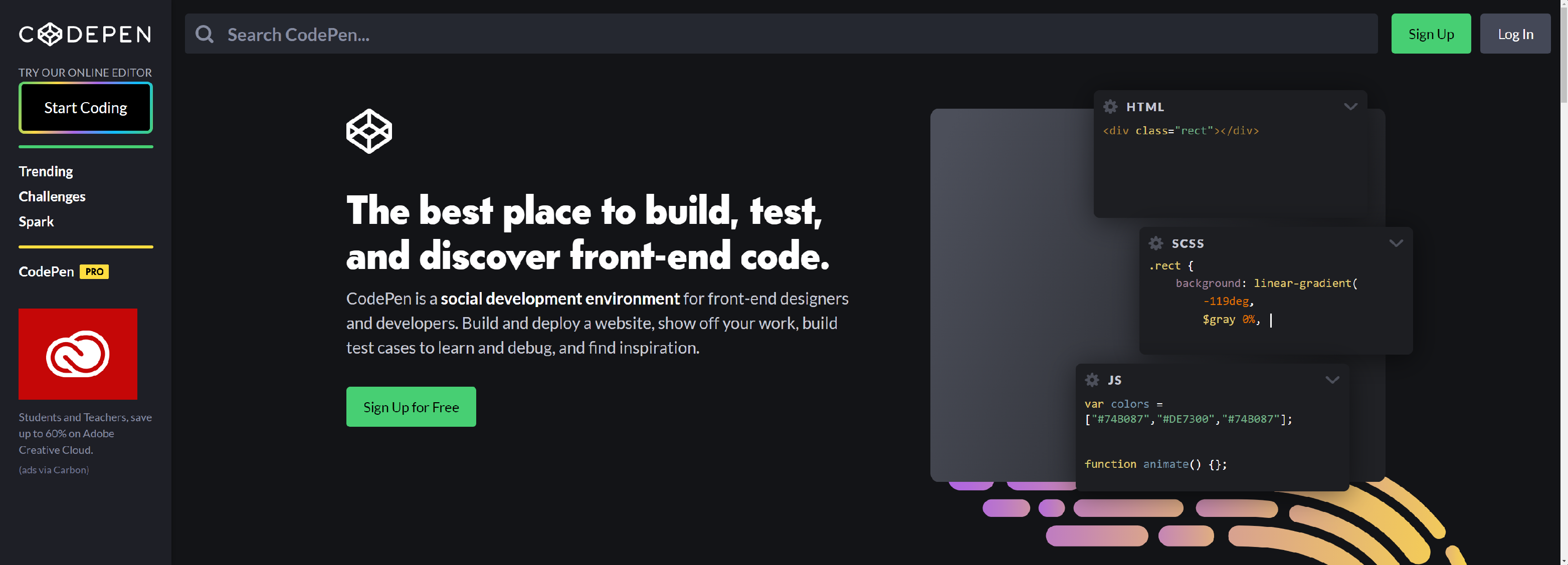
CodePen is a front-end SDE (Social Development Environment) primarily used to build, deploy, and debug websites. With a community of over a million designers and developers, interesting CSS helpers, and simultaneous code editing features, CodePen is easily one of the top front-end development tools in its category.
This web-based code editor is perfect for quick design testing, debugging, and component design. It also saves a lot of development time through demo visualization, code sharing, and fast component style-guide creation.
Top Front-End Development Frameworks- Compare, Choose, and Proceed
Creating the front end is a matter of balancing HTML, CSS, and JavaScript (mostly.) The market offers a staggering variety of tools to choose from in these categories. Updates roll out all the time. Versions change every year. Functionalities fluctuate. Requirements evolve.
This ongoing cycle of change and adaptation creates a situation: the best front-end development libraries in 2021 might not remain the best choices in 2022.
Therefore, keep checking back here to stay up to date with the top front-end development tools as and when they shift priorities. If you have queries outside of the scope of this article, for instance, how to hire dedicated full-stack programmers for your chosen technology stack, reach out to me in the comments.